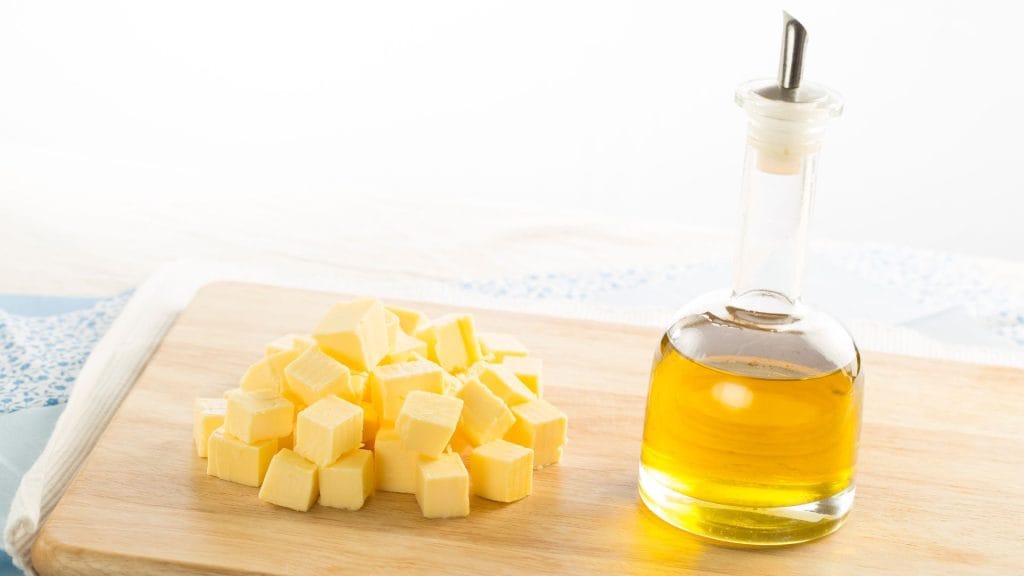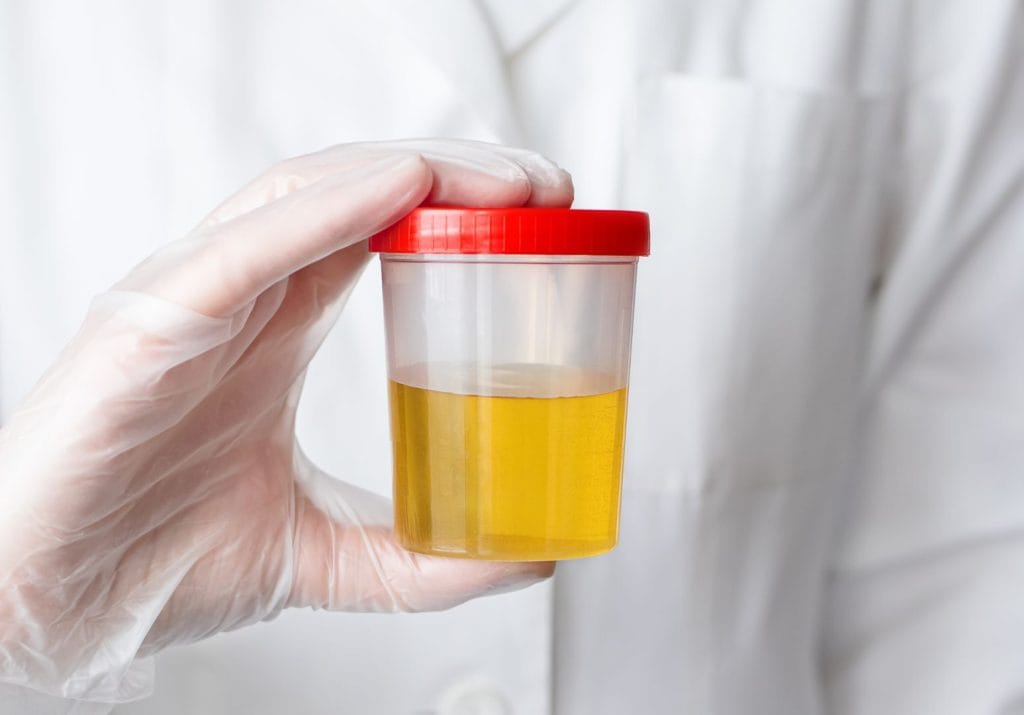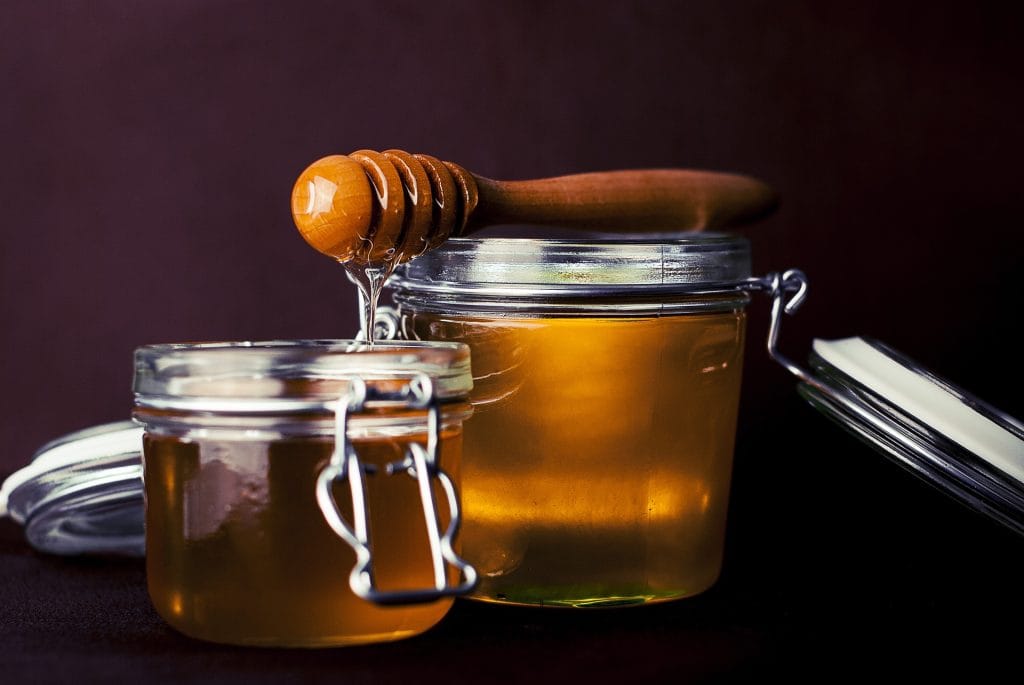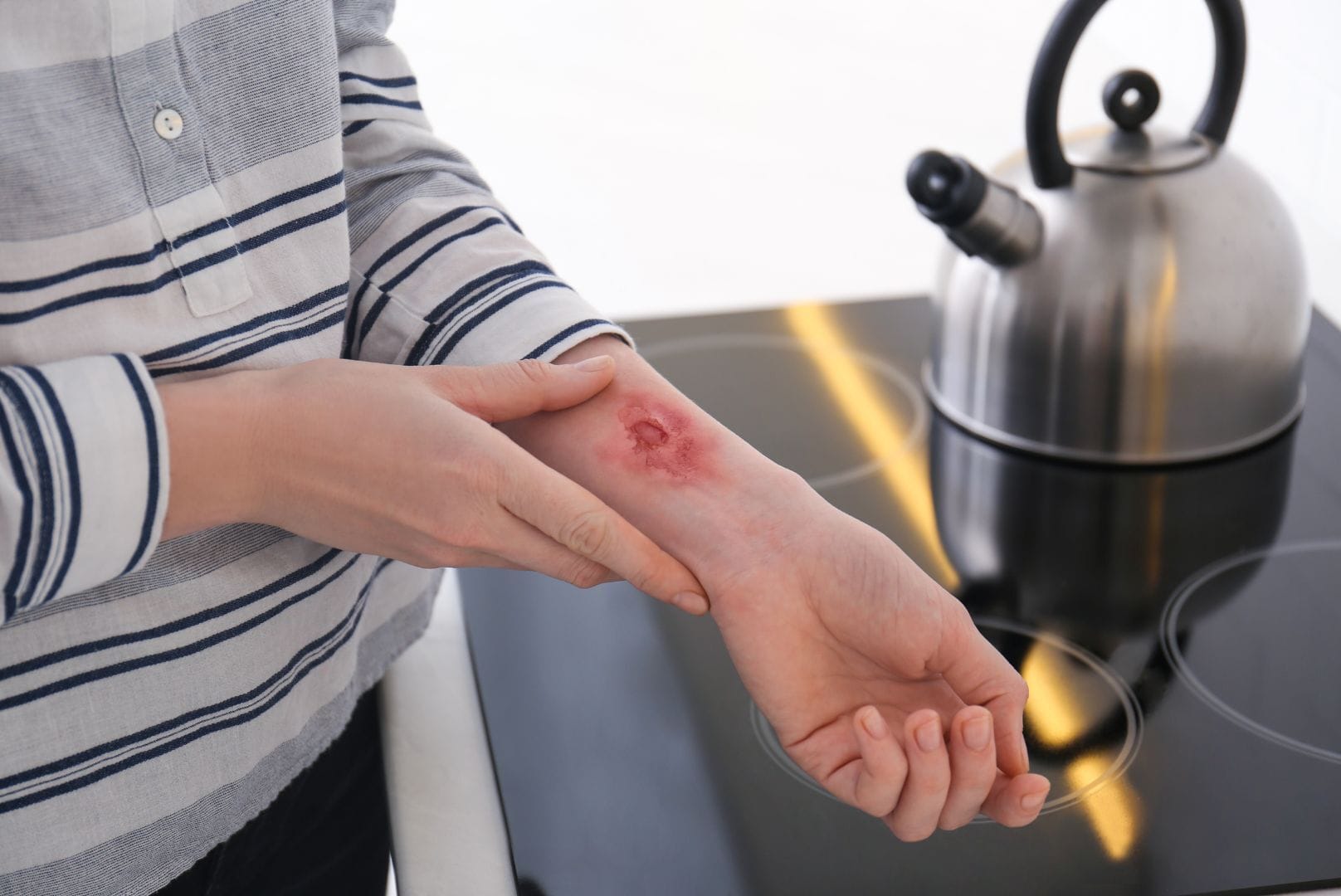Material updated ↓
Traditional medicine offers various options for emergency care and therapy for thermal burns - for example, using oil, honey and even urine. We decided to test whether these three methods were effective.
Use urine poultices to treat burns recommend both units of the Russian Ministry of Emergency Situations and bloggers on the platform “Zen" Experience of such treatment actively share service users questions And answers, there is a description of this method in entertainment portals And forums. No less popular method — use vegetable oil And dairy products. Often on the Internet you can meet And advice treat burns with honey.
Burns share into chemical, radiation, electrical and thermal. Also sometimes allocate friction burns and cold burns. In this analysis we will only talk about thermal ones. They are usually divided into four degrees - depending on the severity of the lesion:
I degree: the epidermis is affected (upper layer skin), the surface is red and sore;
II degree: the epidermis and partly the dermis (middle layer) are affected, the skin is bright red and swollen, blisters appear;
III degree: the upper two layers of the skin are completely affected, the deepest layer - the subcutaneous tissue - may be affected, the burn looks black, yellow or white, often there is no pain, since the nerve endings are also damaged;
IV degree: the deepest and most severe burn, which can cover not only all layers of the skin, but also muscles, ligaments and bones. This type of burn is potentially life-threatening.
No self-medication methods will be effective for third and especially fourth degree burns, in this case necessary Seek medical help immediately. However, American Burn Association And WHO It is recommended to consult a doctor with any burns, regardless of their size and severity.
Oil

WHO recommends do not use oil as first aid for burns, same opinion adheres to and the American Burn Association. This connected with the fact that it can retain heat (and in the case of a burn, it is important, on the contrary, to cool the damaged skin), and also contain bacteria, which in this case will get into the wound. Oil can only aggravate situation.
As for using oil for wound care, this is where it can pay dividends. In 2014, researchers from Shiraz University of Medical Sciences (Iran) conducted experiment: 60 rats were given third-degree burns, then they were divided into five groups and the wounds were treated with sea buckthorn oil, olive oil, a mixture of these oils, silver sulfadiazine (SSD), widely used to treat burns, and saline (in the control group). For 28 days, scientists observed the healing of burns. The fastest recovery was achieved in rats whose wounds were treated with sea buckthorn and olive oils or a mixture of them. This is explained by the fact that sea buckthorn oil has antibacterial and antioxidant properties And promotes restoration of skin tissue (due to the content of unsaturated fatty acids - omega-6 and omega-7). Olive oil, on the other hand, contains polyphenols (compounds with antibacterial and anti-inflammatory properties). Therefore, both individually and together, these oils have proven effective in accelerating the healing of burns.
Conducted in Turkey experiment, during which argan oil was injected into burn wounds on the bodies of rats. It turned out that it was really effective: compared to the control group, the wounds of rats receiving injections with this oil healed faster. However, such treatment began 24 hours after the burn, and the oil was injected subcutaneously, rather than simply applied to a fresh wound.
Chinese biologists used crocodile oil (yes, it really is get from the adipose tissue of these reptiles) in a similar experiment, but they applied the product directly to the wound and began such treatment promptly, and not after a while. The use of crocodile oil also accelerated the treatment of second degree burns.
At the same time, it is worth talking separately about essential oils. Researchers from Charles Sturt University (Australia) studied Other methods include using lavender essential oil to treat wounds, particularly burns. They treated wounds on the backs of rats with different substances, and then compared the healing process with a control group (the burns of the animals included in it were not treated in any way). Lavender oil did not show any significant effect.
Tea tree essential oil also did not show effectiveness - so conclusion scientists from the University of Queensland (Australia) came. They compared the healing of deep burns in pigs that received dressings soaked in this oil with a control group. It turned out that this oil did not promote either healing or disinfection of wounds.
Thus, butter, sunflower or olive oils common in everyday life are not only ineffective, but also harmful for first aid for burns, and leading medical organizations do not recommend the use of these substances in such a situation. However, some oils (for example, olive and sea buckthorn) can be used to speed up the healing of burns, but only when the skin has cooled down. There is research showing that other less popular oils (such as argan and alligator oil) can actually speed up healing, while essential oils (such as lavender and tea tree) have not shown any effectiveness. In any case, if you are not sure of the effect of a particular type of oil, it is better not to use it so as not to aggravate the injury. More definitive conclusions can be drawn when more high-quality studies are conducted in reputable medical organizations.
Half-truth
Urine

We have not been able to find a single reputable study that confirms that treating a burn with urine has any effectiveness as a first aid or therapy. In the recommendations of no authoritative medical organization there is no advice to use anything similar for burns - even first degree, when the integrity of the skin is not compromised.
Exists opinionthat urine is sterile, which means it can be used to wash burns or other wounds. However, this statement is wrong. In the bladder (and therefore in urine) contained a large number of bacteria, even in a healthy person, not to mention those who have various urinary tract infections. If you apply urine to an open wound or fresh burn, there is a risk of infection, so it is not only ineffective, but also dangerous.
Besides, temperature fresh urine is usually equal to body temperature, that is, 36.6–37 ° C, whereas skin surface a few degrees cooler. As we have already found out, the burn site needs to be cooled, and not warmed up at all, so pouring a warmer liquid onto the burned skin is not the best idea.
Urine 95% consists of from water, among other components - urea, inorganic salts, creatinine. There is research confirming that urea Maybe promote faster healing of wounds and burns, but we are talking about urea, which was synthesized from nitrogen, hydrogen and carbon dioxide under sterile laboratory conditions, and not at all about human urine, which, as we have already found out, contains a lot of bacteria. Moreover, these findings were published in a scientific article in 1936, and we could not find more recent authoritative studies that would confirm them.
Urea widely used in skin care cosmetics as a moisturizer, but it advise Do not apply to irritated skin or open wounds. Apparently, this recommendation also applies to burns of second degree and higher.
Not true
Honey

Honey has antibacterial, antioxidant And anti-inflammatory properties due to the content it contains flavonoids (substances of plant origin that, when consumed with food, have an antioxidant effect, reduce blood clotting, improve metabolic processes in our body, etc.). Mayo Clinic, one of the largest medical research centers in the United States, calls Effective healing of burns is among the proven properties of honey. Indeed, there are some scientific research, which confirm its effectiveness in the treatment of open wounds, in particular burns.
In 2010, a study was conducted at the Burn Center of the Pakistan Ordnance Factory Hospital. study involving 150 patients with minor burns. Some areas of their wounds were treated with honey, others with silver sulfadiazine (SSD). As a result, burns treated with honey healed in an average of 21 days versus 24 days for SSD treatment.
In 2020, a group of scientists from Bushehr University of Medical Sciences (Iran) conducted experiment on rabbits. They were burned, then the animals were divided into four groups and in each of them the wounds were treated with milk, honey, a honey-milk mixture, or silver sulfadiazine. Four weeks later, doctors measured the size of the burns. The best healing results were shown by a mixture of milk and honey, honey was in second place, milk was in third place, and sulfadiazine was only in fourth place. According to scientists, such a high effectiveness of the honey-milk mixture was due to the combination of the antibacterial and healing properties of honey with beneficial macroelements (primarily calcium) contained in milk, which provide nutrition to the cells in the affected area. In addition, milk supports the process proliferation (that is, the formation of new cells), which is very important for tissue regeneration. The transition from the inflammatory to the proliferative phase is key stage in the process of wound healing, so the anti-inflammatory properties of honey also contributed to the speedy recovery of the experimental subjects.
Scientists from the University of Malaya (Malaysia) held systematically reviewed similar studies, comparing their results and the quality of the evidence, and concluded that honey does appear to be effective for treating burns.
Their New Zealand colleagues from the University of Auckland, as a result of their review concludedthat honey does appear to speed up the healing of burns, but noted that it is difficult to say for sure due to the mixed nature of the studies and the low quality of evidence in most of them. To similar conclusions came and researchers from Oxford University, although they noted that from a biological perspective, the claim that honey may be effective is plausible.
A review conducted by scientists from the New Zealand Institute of Medical Research showedthat honey is significantly more effective for treating superficial or partial burns compared to other methods (for example, using the same silver sulfadiazine). However, to introduce this drug into official medical practice, scientists believe, additional research is needed. That is, although additional research is needed to confirm the clinical effectiveness and introduction of this method into burn treatment protocols, there is scientific evidence that honey promotes accelerated healing of burns. However, all the studies we reviewed dealt with the treatment of burns over a long period of time, and the burns themselves were of minor severity (I–II degrees).
Unlike urine, honey will definitely not harm you when treating burns. Currently, there are few high-quality studies confirming the clinical effectiveness of this remedy, but a number of scientists call it “plausible” and even rate it higher than in the case of other generally accepted treatments. For a more accurate conclusion, additional scientific research is needed.
We were unable to find any authoritative studies regarding the use of honey as first aid for burns - nor, indeed, any advice from ordinary people to use it for these purposes.
Most likely true
How act for burns? In case of extensive (more than 8 cm in diameter) or deep (involving several layers of skin, that is, third degree and higher) burns, doctors recommend immediately seeking medical help. While waiting for the doctors to arrive, it is recommended to only cover the burn site with gauze or a clean cloth - there is no need to rinse it, much less smear it with anything. Further treatment should also be prescribed by a doctor.
For milder burns (I–II degrees) recommended Immediately cool the burned area under cool (but not ice-cold) running water. Do not puncture blisters to avoid infection. It would be a good idea to bandage the burn with a clean, loose bandage. With such burns, it is also better to consult a doctor - he will tell you how to treat the injury.
Corrections as of February 20, 2023:
1. Added a note regarding the need for more research on the use of various oils in the treatment of burns.
2. A more specific definition of flavonoids is given.
3. Added a note about the need for further high-quality research on the effectiveness of honey for the treatment of burns conducted by reputable scientific organizations.
4. Added clarification regarding the use of honey as first aid for burns.
5. Recommendations for treating I–II degree burns with moisturizing lotions have been removed.
6. Recommendations have been added to consult a doctor for I–II degree burns.
The previous version of the article can be read the link.
Read on the topic:
- Is it true that standing on nails is good for your health?
- Is it true that it is healthy to eat olives with the pit?
- Is it true that you need to take iodine immediately after exposure to radiation to protect against infection?
- Is it true that immunity drops in the spring and needs to be raised?
If you find a spelling or grammatical error, please let us know by highlighting the error text and clicking Ctrl+Enter.






